Traveling in South Korea may seem intimidating at first, but it's actually quite safe and secure a city to explore. You'll come back with incredible stories and pictures to remember your experience. One of the best ways to experience Seoul is with an expert-guided guided tour of its top landmarks. Not only does this provide insight into Korean history and culture, but it's also a great opportunity for photo ops!
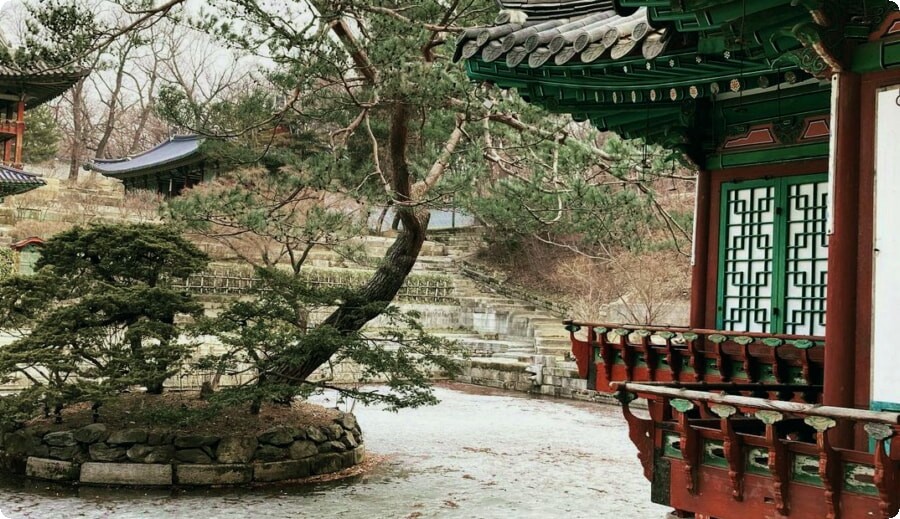
Chandokkun Palace and the Secret Garden
Chandokkun Palace, one of South Korea's five grand royal palaces, is a popular tourist destination and should definitely be included on any tour around Seoul. The palace complex is divided into a public palace area, royal family residence building and rear garden - known as Huwon Secret Garden. This tranquil space was designed with elements from nature combined with architecture for an exquisite visual impact.

This garden is a must-visit, especially during fall when its leaves turn vibrant red and orange. Additionally, it boasts several pavilions and fountains that add an even more captivating atmosphere. Another remarkable feature of this palace is the Chinese juniper tree, believed to be over 750 years old! Situated on the left-hand side, you're sure to spot it as you exit through the garden.
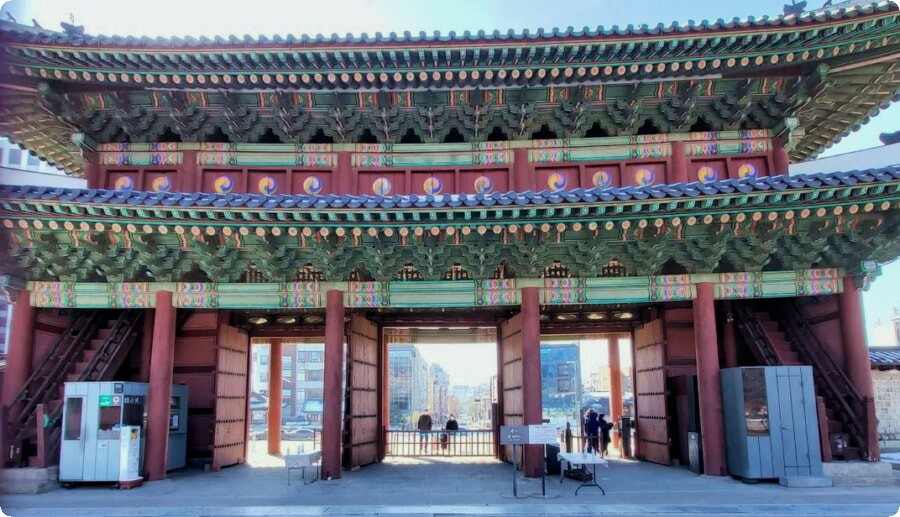
As one might expect, this palace served as the residence of many emperors during the Joseon Dynasty. Built according to traditional Feng Shui principles, its construction complemented rather than overshadowed nature - something which earned it recognition as a World Heritage site in 1997. The Secret Garden is a must-see, especially during fall when its leaves turn vibrant red and orange. It makes for great photos too! To enter this breathtaking garden, you must book tickets in advance online starting six days before your visit.
Myeong-dong District
Myeong-dong District is a charming small town that boasts historic landmarks, breathtaking vistas and recreational activities. It's increasingly becoming a popular destination for both tourists and business travelers alike. The neighborhood is home to many internationally-renowned businesses, such as SM Entertainment, FNC Entertainment and Pandora TV. Additionally, it serves as a center for IT and financial services with major companies like Google, IBM, Toyota and AMI headquartered there. Mendon, despite its rural character, is facing intense development pressures. As a result, the area's farms face serious threats to their long-term viability.
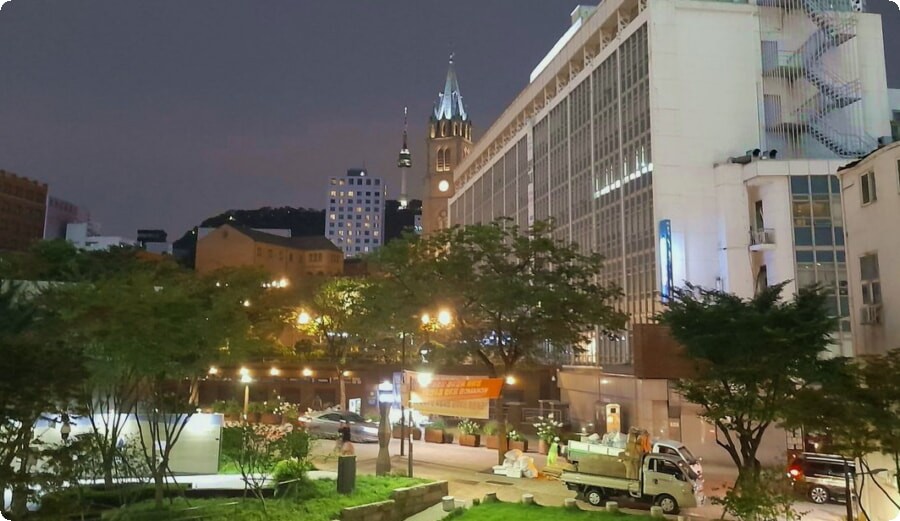
Seoul Tower (N-Tower), situated atop Namsan Mountain, is the #1 Tourist Attraction and emblematic symbol of Seoul. Not only does it serve as a landmark, but also an architectural marvel that offers visitors stunning views of the cityscape below. N-Tower is a unique landmark, not only offering stunning views of the city but also imparting information on Korea's culture and history. Additionally, there are plenty of restaurants and cafes inside that draw both locals and tourists alike.

One of the most popular attractions at N-Tower is its observation deck. Situated on 3F, this main observation deck has floor-to-ceiling windows that provide 360 degrees views of the cityscape and is especially popular with couples due to its romantic setting. N-Tower's Digital Observatory is another captivating feature, boasting a 360 degree panoramic view and 32 LCD screens that tell Seoul's 600 year history.

Visiting the observation deck is free, but admission to the Digital Observatory requires payment. A ticket costs 10,000 won for those 13 years or older and 8,000 won for everyone else. To reach N-Tower, take Subway Line 3 or 4 to Chungmuro Station and exit at Exit 2. From here, you have two options: either walk uphill for about 10 minutes or take shuttle bus No. 01 for 1,100 won one way.
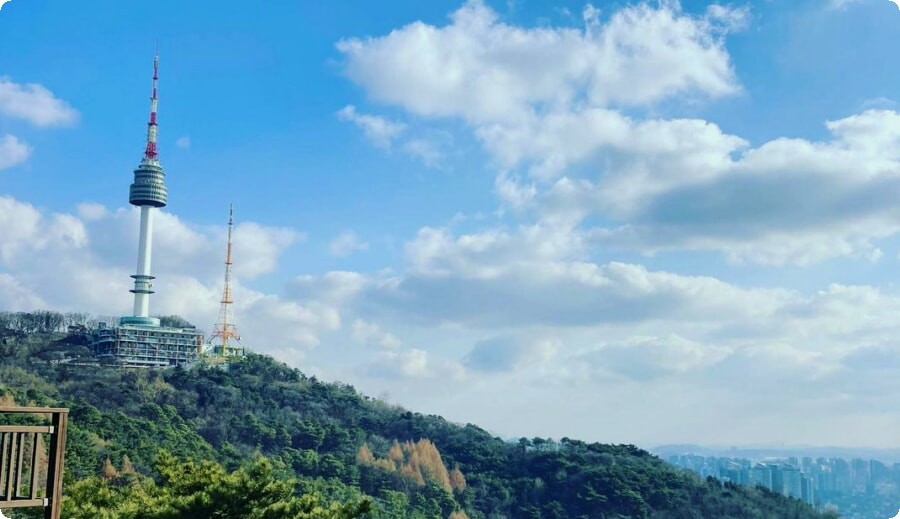
Gyeongbokgung Palace is a must-visit for visitors to Seoul. Constructed in 1395, this ancient royal palace served as the main residence of the Joseon dynasty and is now listed on UNESCO's World Heritage list. From most parts of Seoul, you can access the palace by subway. Line 3 and line 5 both have Gyeongbokgung Stations that take approximately five minutes to walk to its entrance.
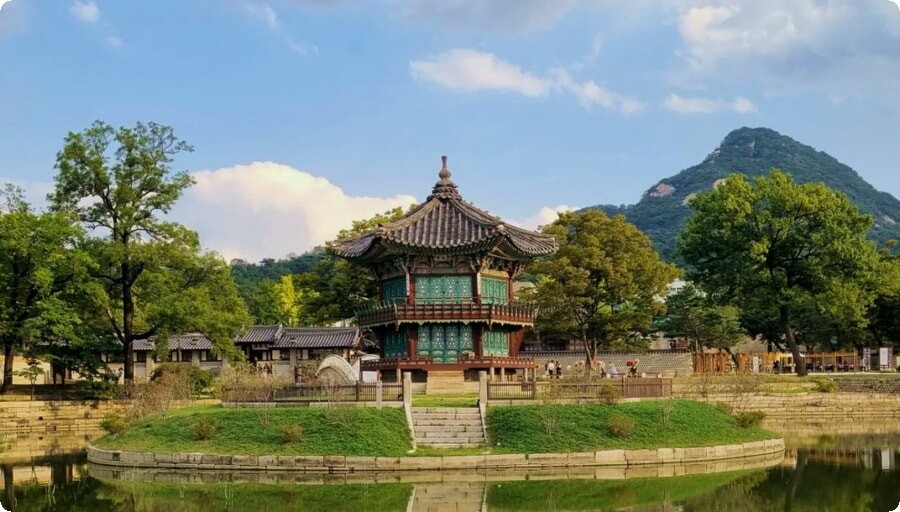
For an enhanced experience during your trip, book a guided tour. It will provide more background information about the palace and its history. This is an excellent opportunity to learn about Korean culture while taking pictures of some important buildings within the complex. This guided tour is conducted in English and lasts an hour. Your guide will lead you through the main areas of Gyeongbokgung Palace and explain the significance of each building.
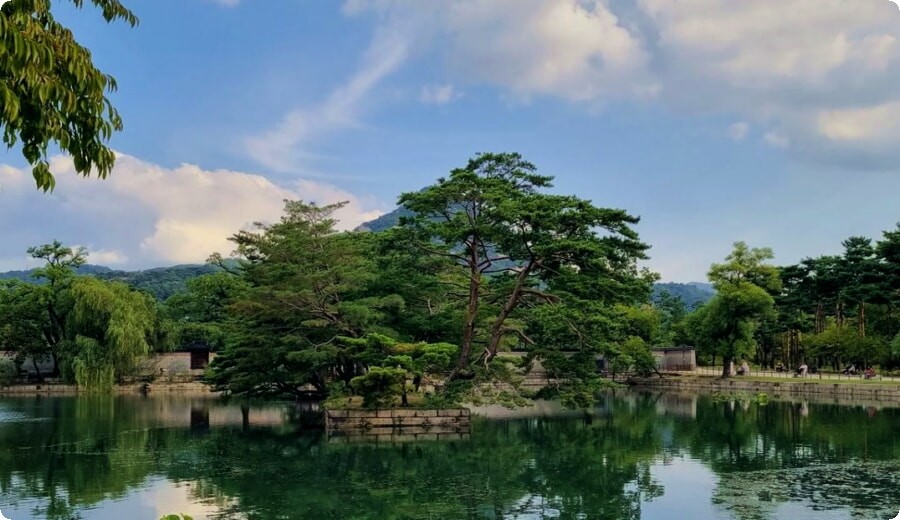
After your tour, take some time to explore other attractions nearby like Bukchon Hanok Village and Insadong Street. If money is no object, Lotte World amusement park can also be visited for an unforgettable experience. Gyeongbokgung Palace is an iconic site that has endured multiple invasions and wars. You can take in the grandeur of its towering palace buildings and expansive courtyards against Mount Bugak's backdrop, or enjoy cultural performances and unwind in one of many large pagodas scattered around its grounds.
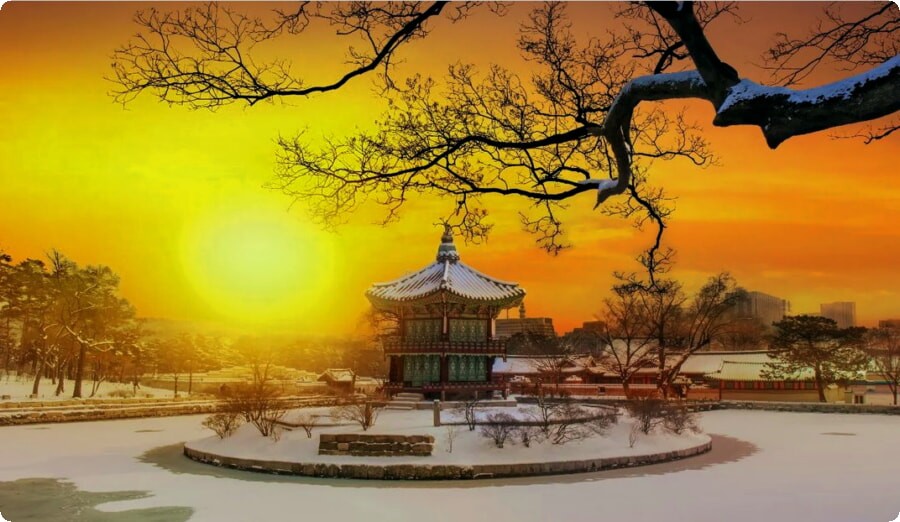
Cheongwadae presidential residence
The Cheongwadae presidential residence, commonly referred to as the Blue House, is South Korea's official presidential residence and located in central Seoul. It's a must-visit for tourists interested in learning about South Korea's political heritage. In the past, only government officials and invited guests were allowed to tour the presidential compound. This is because it is a highly secure area protected by mountains and bordering North Korea. However, President Yoon Suk-yeol's decree changed this and now only certain groups of people can tour each 2 hours.
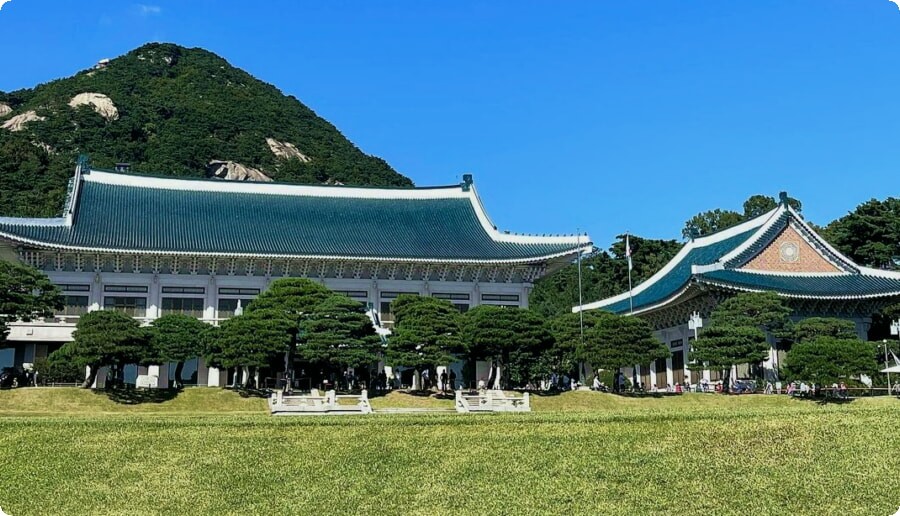
This major shift for the presidential complex has caused considerable controversy. The conservative president has explained his decision as a desire to engage with citizens instead of being isolated in a private compound. He believes this move will promote national unity and give the country a fresh start. Historically, the presidential compound has been a symbol of power and authority. It has also been the site of several high-profile events; for example, in 1968 when North Korean commandos disguised as South Koreans climbed Cheongwadae mountains to assassinate then President Park Chung-hee.
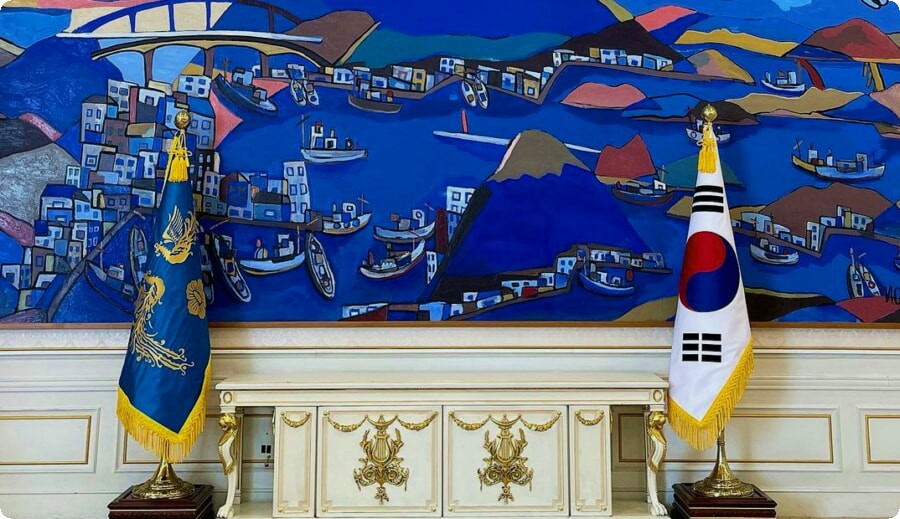
Now that the presidential compound is open to tourists, visitors can take a guided tour and gain more insight into Kenya's history. Tickets are not easy to come by, so it is recommended that you make your reservation online in advance.